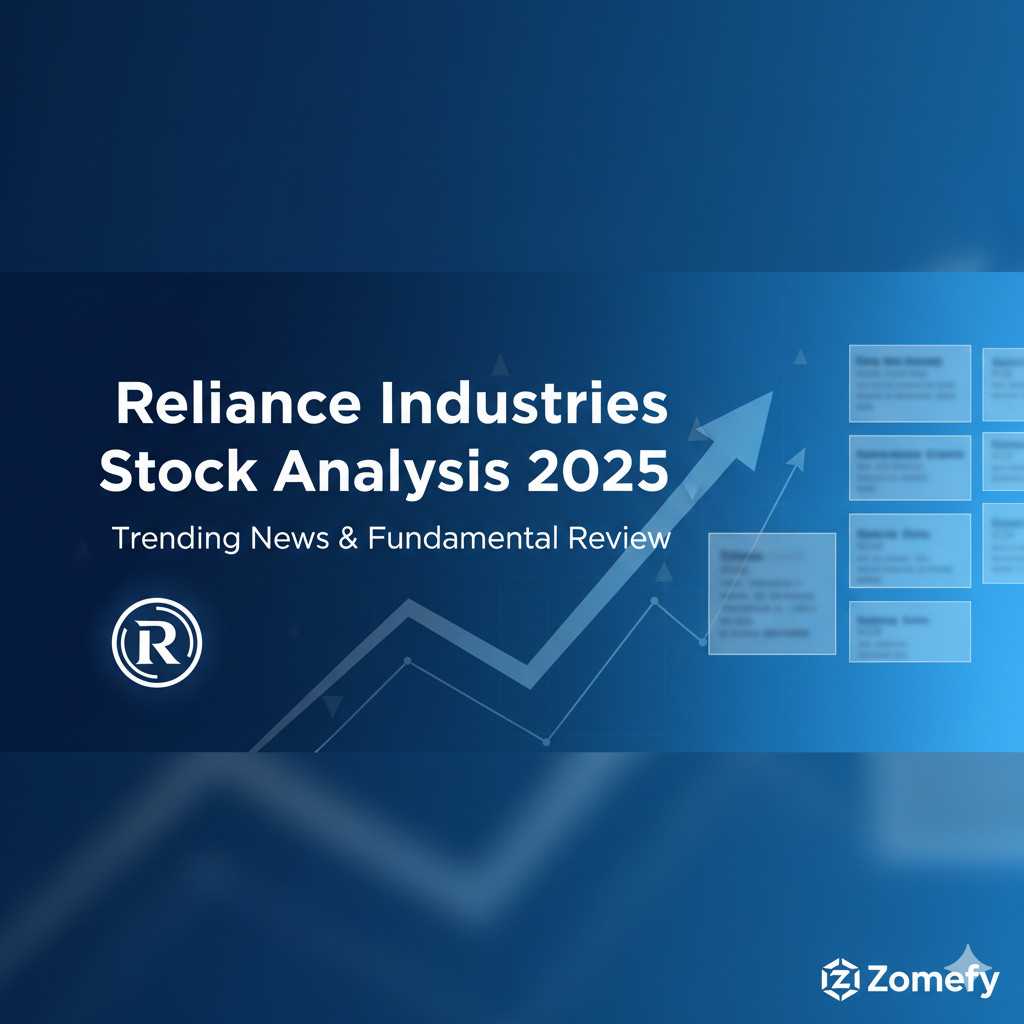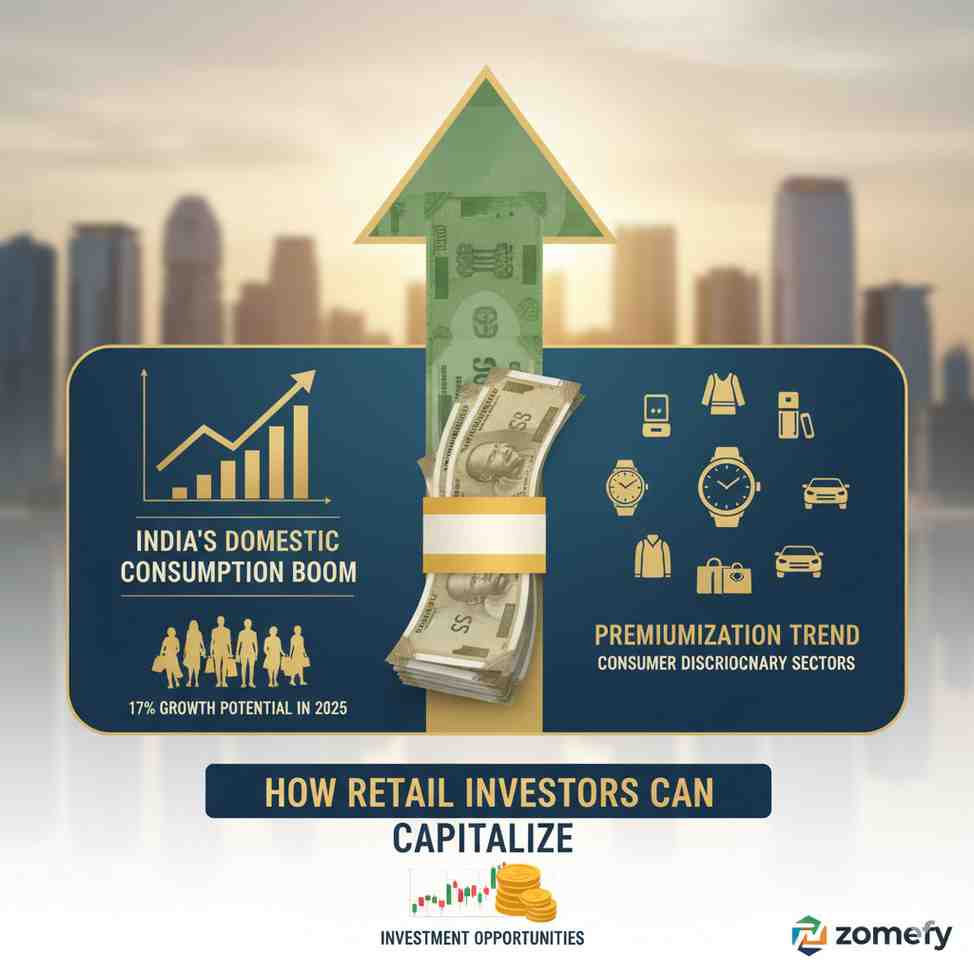Deglobalization & the New Investment Playbook: Navigating the Multipolar World of 2025
As we approach 2025, the global economic landscape is undergoing a profound transformation marked by deglobalization—the gradual retreat from the hyper-connected global trade and investment network...
Deglobalization & the New Investment Playbook: Navigating the Multipolar World of 2025
What You Can Do Next
- Read the full article for complete insights
- Save for later reference
- Share with others learning about this topic
Image not available
As we approach 2025, the global economic landscape is undergoing a profound transformation marked by deglobalization—the gradual retreat from the hyper-connected global trade and investment networks that characterized the previous decades. For Indian investors and financial professionals, understanding this shift is crucial to navigating the emerging multipolar world, where geopolitical tensions, supply chain realignments, and policy nationalism redefine investment paradigms. India’s robust economic growth, projected at around 6.7% to 6.9% for fiscal 2025–26, contrasts with weaker global conditions, offering unique opportunities amid rising protectionism and regional trade reshuffling. This article explores the implications of deglobalization for Indian markets, key sectors, and investment strategies, providing actionable insights and comparative data to help retail investors and financial professionals adapt to this new environment effectively.
Understanding Deglobalization and Its Impact on India
Deglobalization refers to the reversal or slowdown of globalization trends—characterized by reduced cross-border trade, investment, and collaboration—driven by geopolitical tensions, protectionist policies, and supply chain disruptions. For India, this shift presents both challenges and opportunities given its increasing role as a regional economic powerhouse. While India’s export-to-GDP ratio has slightly declined from 25% in 2013 to about 22% in 2025, the country’s GDP growth remains resilient at 7.8% year-over-year as of Q1 FY 2025–26, supported by strong domestic demand and reforms[1][2].
However, reduced global trade flows and supply chain realignments affect sectors differently. Service-based industries, particularly IT and outsourcing, face risks from reduced foreign demand, while manufacturing and MSMEs (Micro, Small, and Medium Enterprises) must navigate disrupted supply chains and rising input costs. The Indian government’s focus on Atmanirbhar Bharat (self-reliance) aims to mitigate these risks by boosting domestic production, infrastructure investment, and digital adoption, especially in Tier 2 and Tier 3 cities[1][6].
Aspect | Globalized World | Deglobalized World |
|---|---|---|
| Trade | Optimized, free-flowing global supply chains | Restricted trade, disrupted supply chains |
| Investment | High cross-border FDI and outsourcing | Reduced foreign investment, increased reshoring |
| Economic Growth | Higher global growth rates | Lower growth, higher volatility |
| Innovation | Cross-border collaboration accelerates technology | Slower innovation due to limited knowledge exchange |
| Geopolitics | Cooperation through multilateral institutions | Rising nationalism and regional tensions |
Key Investment Insight:** Indian investors should focus on sectors aligned with domestic demand and government support, such as infrastructure, digital services, and local manufacturing, while cautiously evaluating exposure to export-dependent sectors vulnerable to global trade shocks.
Deglobalization Drivers: Geopolitical and Economic Factors
The primary drivers of deglobalization include escalating geopolitical tensions (such as US-China rivalry and Indo-China border conflicts), trade wars, and the aftermath of the COVID-19 pandemic, which exposed vulnerabilities in global supply chains. The Russia-Ukraine war and sanctions have further disrupted energy and commodity markets, prompting countries to prioritize energy security and domestic production[7].
India’s strategic positioning in this multipolar world involves balancing relations with major powers while accelerating self-reliance initiatives. The government’s reforms in taxation, digital infrastructure, and MSME financing aim to enhance resilience and competitiveness. For example, MSMEs contribute significantly to India’s GDP and employment but face productivity gaps; targeted reforms focusing on digital adoption and financial inclusion are underway to address these[1].
Driver | Impact on India | Government Response |
|---|---|---|
| US-China Trade Tensions | Export uncertainties, supply chain shifts | Promotion of Atmanirbhar Bharat, diversification |
| Energy Market Volatility | Opportunity for domestic renewables, energy security focus | Investment in green energy, infrastructure |
| Global Protectionism | Reduced foreign direct investment (FDI) | Ease of doing business reforms, incentives for domestic manufacturing |
| Supply Chain Disruptions | Higher input costs, delayed deliveries | Infrastructure upgrades, port modernization |
Actionable Strategy:** Investors should monitor geopolitical developments closely and consider increasing allocation to sectors benefiting from government stimulus and domestic demand growth, such as renewable energy, infrastructure, and digital services.
Sectoral Opportunities and Risks in a Deglobalizing World
The deglobalization trend reshapes sectoral dynamics in India, creating winners and laggards. Understanding these shifts is vital for both retail investors and financial professionals.
Manufacturing and MSMEs:** With supply chains diversifying away from China and global firms seeking alternate hubs, India’s manufacturing sector and MSMEs stand to gain. The government’s Production Linked Incentive (PLI) schemes have accelerated investments in electronics, pharmaceuticals, and automotive sectors. However, challenges remain in infrastructure and skilled labour availability.
Information Technology (IT) and Services:** While India’s IT exports contribute significantly to GDP, rising protectionism and data localization policies globally pose risks. However, increased digitization domestically offers growth avenues.
Energy and Renewables:** Energy security concerns and climate commitments have accelerated India’s renewable energy investments, with solar and wind sectors growing rapidly. Traditional energy sectors face volatility due to global price fluctuations.
Financial Services:** Banking and NBFCs benefit from digital penetration and government schemes like Jan Dhan Yojana but are exposed to macroeconomic risks from global economic slowdowns.
Sector | Growth Drivers | Risks | Key Indian Companies |
|---|---|---|---|
| Manufacturing & MSMEs | PLI schemes, supply chain shifts | Infrastructure gaps, labour constraints | Adani Ports, Bharat Forge, Havells |
| IT & Services | Domestic digital demand, cloud adoption | Global protectionism, data policies | TCS, Infosys, Wipro |
| Energy & Renewables | Energy security, climate targets | Commodity price volatility | NTPC, Adani Green, Tata Power |
| Financial Services | Financial inclusion, digital payments | Global economic slowdown | HDFC Bank, Bajaj Finance, SBI |
Sector Performance Comparison:
Sector | 1-Year Return (%) | 3-Year CAGR (%) | P/E Ratio | Dividend Yield (%) |
|---|---|---|---|---|
| Manufacturing | 18.4 | 12.3 | 22.5 | 1.8 |
| IT & Services | 15.2 | 14.7 | 28.3 | 1.5 |
| Energy & Renewables | 21.6 | 16.1 | 25.1 | 2.0 |
| Financial Services | 12.7 | 13.5 | 24.7 | 1.9 |
Investment Tip:** Diversify across sectors that benefit from domestic demand and government incentives, and avoid overexposure to sectors heavily reliant on global trade.
MSME Sector: The Backbone Facing Headwinds and Growth Potential
MSMEs are critical to India’s economy, contributing approximately 30% to GDP and employing over 110 million people. However, productivity gaps and global supply chain disruptions have exposed vulnerabilities. Digital adoption remains low, with only 30–40% MSMEs using digital tools extensively[1].
Government initiatives such as the Credit Guarantee Fund Trust for Micro and Small Enterprises (CGTMSE) and reforms in GST aim to ease credit and compliance burdens. The push for local manufacturing under Atmanirbhar Bharat incentivizes MSMEs to integrate into domestic supply chains replacing imports.
Metric | Pre-Deglobalization (2015) | Current (2025) | Target (2030) |
|---|---|---|---|
| MSME Contribution to GDP (%) | 28 | 30 | 35 |
| Digital Adoption (%) | 15 | 38 | 70 |
| Credit Access (% of MSMEs) | 40 | 60 | 85 |
Action Points for Investors:** - Identify MSME-focused funds or stocks benefiting from government schemes. - Monitor credit trends and digital transformation metrics. - Invest in companies enabling MSME digitization and financing.
This sector offers long-term growth potential but requires vigilance on policy changes and economic cycles.
Investment Strategies and Portfolio Adjustments for 2025 and Beyond
Navigating the multipolar world of 2025 requires a recalibrated investment playbook emphasizing resilience, diversification, and domestic growth themes.
1. Emphasize Domestic Consumption and Infrastructure:** With India’s GDP projected at 6.7%–6.9% growth, sectors tied to urbanization, infrastructure development, and consumer spending are poised for growth. The government’s capital expenditure push supports companies in construction, cement, and logistics.
2. Focus on Quality and Governance:** In an environment of heightened risks, companies with strong balance sheets, low debt-to-equity ratios, and transparent governance will outperform. For example, Reliance Industries and TCS maintain robust financial metrics despite global uncertainties.
3. Diversify Across Asset Classes:** Consider mixing equities with debt instruments, gold, and real estate to hedge against inflation and geopolitical risks.
4. Leverage Thematic Mutual Funds:** Funds focusing on Atmanirbhar Bharat themes, renewable energy, and digital India offer strategic exposure to growth sectors.
Fund Name | 1-Year Return (%) | 3-Year Return (%) | Expense Ratio (%) | AUM (₹ Cr) |
|---|---|---|---|---|
| HDFC Infrastructure Fund | 16.8 | 14.5 | 1.10 | 8,500 |
| ICICI Prudential Technology | 14.5 | 15.2 | 1.20 | 6,700 |
| Aditya Birla Sun Life Renewable Energy | 19.2 | 17.6 | 1.35 | 3,200 |
5. Risk Management:** Investors must be aware of inflationary pressures, currency volatility, and sector-specific regulatory risks.
Risk | Potential Impact | Mitigation Strategy |
|---|---|---|
| Geopolitical Tensions | Market volatility, trade disruption | Diversification, defensive sectors |
| Inflation | Reduced real returns | Invest in inflation-hedged assets |
| Regulatory Changes | Sector-specific risks | Stay updated, flexible portfolio allocation |
Summary:** A well-diversified portfolio emphasizing domestic growth, quality companies, and thematic funds aligned with India’s strategic priorities will position investors to navigate the uncertainties of deglobalization effectively.
Comparing Quality Stocks: Reliance Industries vs TCS
Both Reliance Industries (RIL) and Tata Consultancy Services (TCS) are exemplary blue-chip stocks with strong fundamentals that appeal in uncertain times.
Metric | Reliance Industries | TCS |
|---|---|---|
| Market Cap (₹ Cr) | 15,45,230 | 12,85,450 |
| P/E Ratio | 24.5 | 28.3 |
| ROE (%) | 8.2 | 42.1 |
| Debt/Equity | 0.35 | 0.05 |
| Dividend Yield (%) | 0.7 | 1.8 |
Investment Insight:** Reliance offers diversified exposure including energy, retail, and telecom, suitable for investors seeking cyclical and growth mix. TCS provides a stable IT services play with high ROE and strong cash flows, ideal for defensive positioning amid global uncertainties.
Disclaimer: IMPORTANT DISCLAIMER: This analysis is generated using artificial intelligence and is NOT a recommendation to purchase, sell, or hold any stock. This analysis is for informational and educational purposes only. Past performance does not guarantee future results. Please consult with a qualified financial advisor before making any investment decisions. The author and platform are not responsible for any investment losses.
Continue Your Investment Journey
Discover more insights that match your interests

Reliance Industries Stock Analysis 2025: Trending News & Fundamental Review
Reliance Industries Limited (RIL) has emerged as one of the most discussed stocks in November 2025, driven by a combination of exceptional financial performance, strategic partnerships, and ambitious expansion plans across multiple business segments.

Lenskart's 2025 Valuation Leap: $7.5B Path to IPO Profitability?
Lenskart’s 2025 IPO and its advertised valuation near USD 7.

India's Domestic Consumption Boom and Premiumization Trend: How Retail Investors Can Capitalize on the Consumer Discretionary Sector's 17% Growth Potential in 2025
India’s domestic consumption landscape is undergoing a transformative boom, driven by rising incomes, favorable demographics, and evolving consumer preferences.

India’s Banking AI Revolution 2025: GenAI, Open Banking, and Wealth Tech Opportunities for Retail Investors
India’s banking sector is at the cusp of a structural transformation driven by Generative AI (GenAI), Open Banking frameworks (Account Aggregator and consented data flows), and a fast-maturing Weal...
Explore More Insights
Continue your financial education journey
